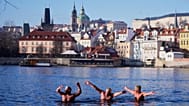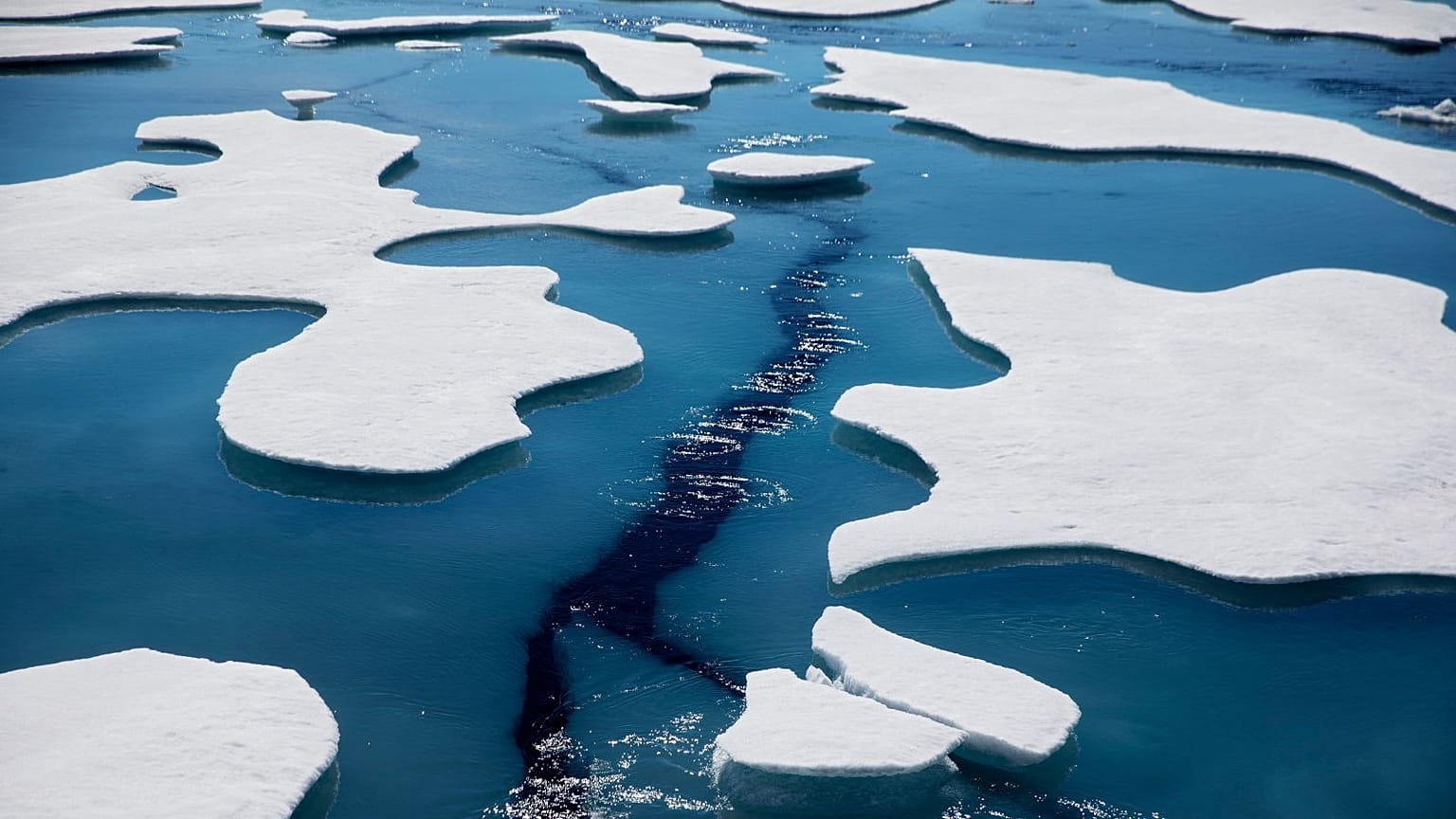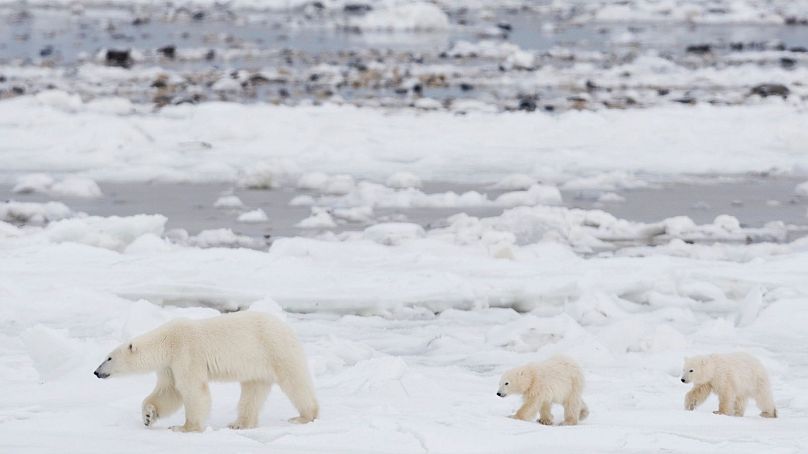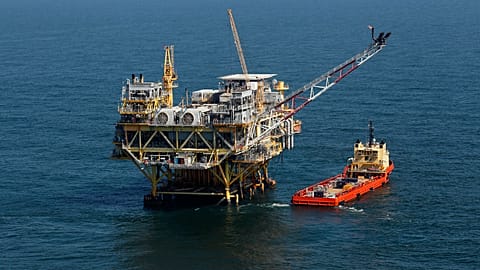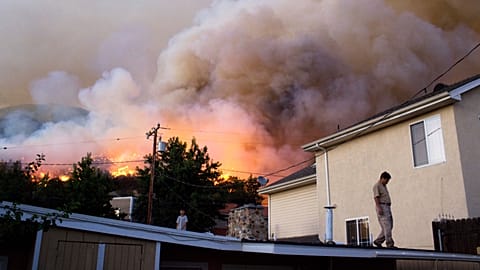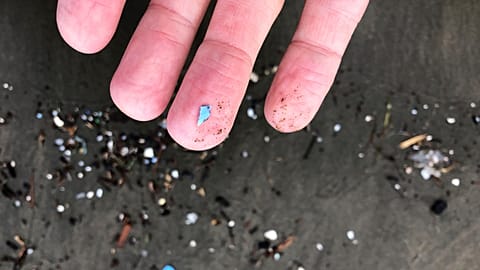An ice-free Arctic is inevitable, but the good news is the polar region can quickly bounce back if we cut CO2 emissions.
The Arctic could experience its first ice-free day in the next couple of years, scientists predict.
A new study from the University of Colorado Boulder in the US finds this critical brink could be passed more than 10 years earlier than previously expected.
It’s not quite as drastic as it sounds. For scientists, an ice-free Arctic doesn’t mean there would be zero ice in the water. The polar region will be considered free of ice when the ocean has less than one million square kilometres of ice.
But that’s a huge depletion from where it stood just decades ago. The threshold represents less than 20 per cent of what the Arctic’s minimal ice cover was in the 1980s. In recent years, the Arctic Ocean had around 3.3 million square kilometres of sea ice at its minimum in September.
“When it comes to communicating what scientists expect to happen in the Arctic, it is important to predict when we might observe the first ice-free conditions in the Arctic, which will show up in the daily satellite data,” says Alexandra Jahn, associate professor of atmospheric and oceanic sciences at CU Boulder’s Institute of Arctic and Alpine Research.
Jahn and her colleagues analysed existing literature on sea ice projections as well as data from computational climate models to see how the Arctic might change daily in the future.
Their findings, published in the journal Nature Reviews Earth & Environment today, outline the consequences of baked-in climate change, and show why emissions cuts are urgently needed.
When will the Arctic experience its first ice-free day and month?
One late August or early September day, this decade or next, scientists predict the Arctic could become ice-free for the first time. The bad news is that this is likely under all emissions scenarios.
Most projections have focused on when the polar region will be ice-free for a month or more - which researchers expect to happen by mid-century.
In the new study, Jahn’s team found the first day when sea ice coverage dips below the one-square-kilometre threshold would occur on average four years earlier than the monthly averages, but could occur up to 18 years earlier.
It could happen as soon as the next couple of years, the study says, with greenhouse gas emissions mainly to blame for sea ice loss.
How is sea ice decline impacting people and wildlife?
Vanishing snow and ice cover in the Arctic is part of a feedback loop - as it means more heat from sunlight is absorbed by the ocean.
This exacerbates ice melt and warming, with perilous impacts for Arctic animals that rely on sea ice for survival, including seals and polar bears.
As the ocean warms up, researchers are concerned that non-native fish could move into the Arctic Ocean. The impact of these invasive species on local ecosystems remains unclear.
Communities living near the region are also endangered by the loss of sea ice, which buffers the impacts of ocean waves on coastal land, Jahn explains. As sea ice retreats, ocean waves would get bigger, causing coastal erosion.
What difference will reducing emissions make?
Although an ice-free Arctic is inevitable, Jahn emphasises that future emissions levels will still determine how often the conditions occur.
If the world sticks to its current path (known as an intermediate emissions scenario), the Arctic might become ice-free only during late summer and early autumn from August to October.
But under the highest emissions scenario, there could be up to nine months of no floating ice by late this century.
“This would transform the Arctic into a completely different environment, from a white summer Arctic to a blue Arctic,” warns Jahn. “So even if ice-free conditions are unavoidable, we still need to keep our emissions as low as possible to avoid prolonged ice-free conditions.”
The good news is that Arctic sea ice is resilient and can return quickly if the atmosphere cools down.
“Unlike the ice sheet in Greenland that took thousands of years to build, even if we melt all the Arctic sea ice, if we can then figure out how to take CO2 back out of the atmosphere in the future to reverse warming, sea ice will come back within a decade,” Jahn says.


